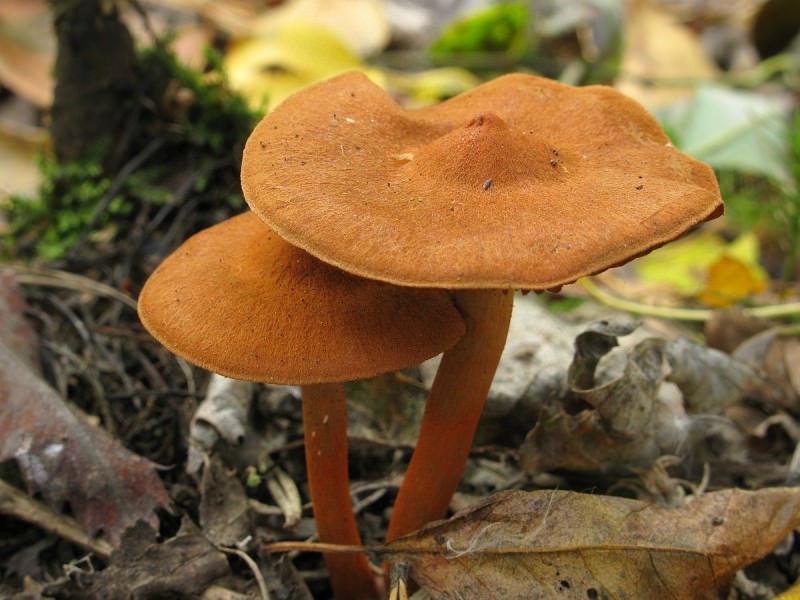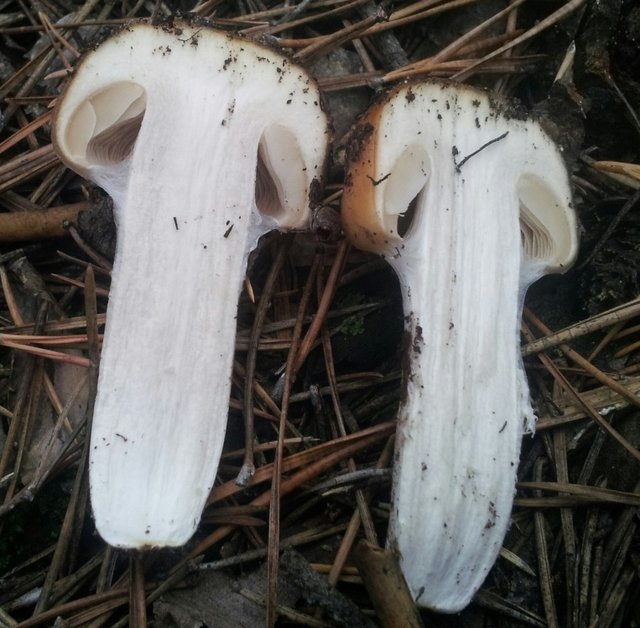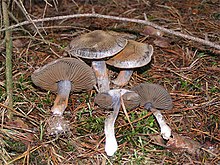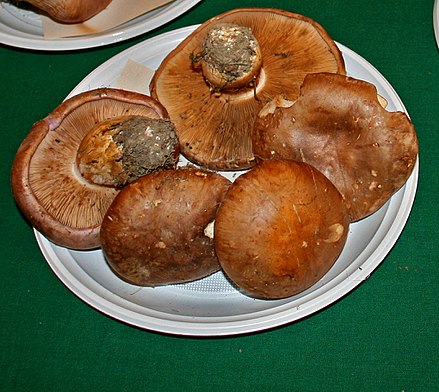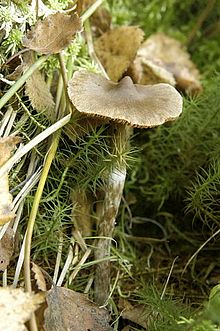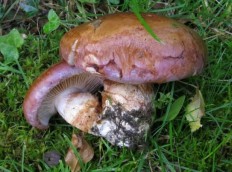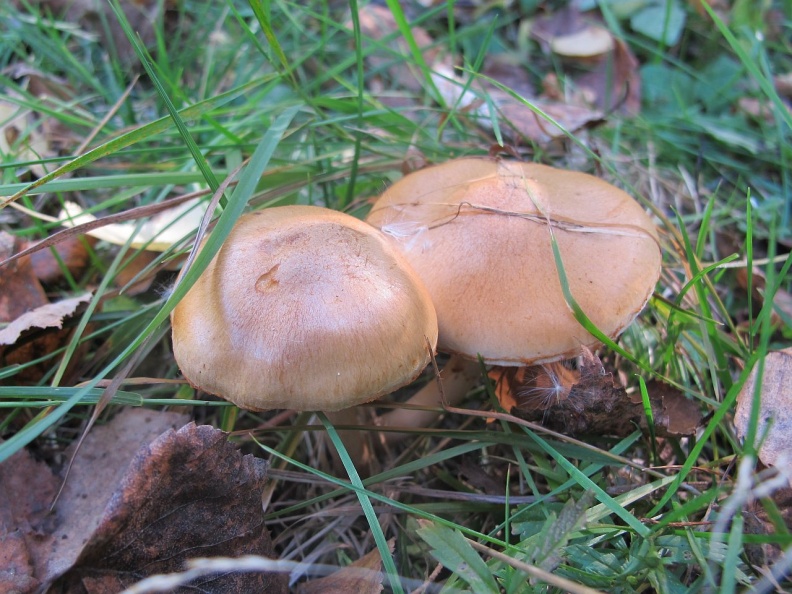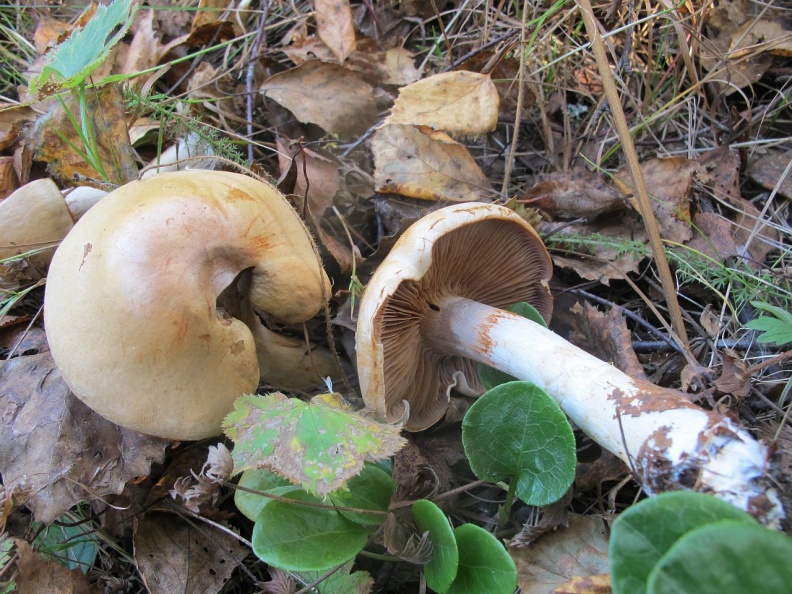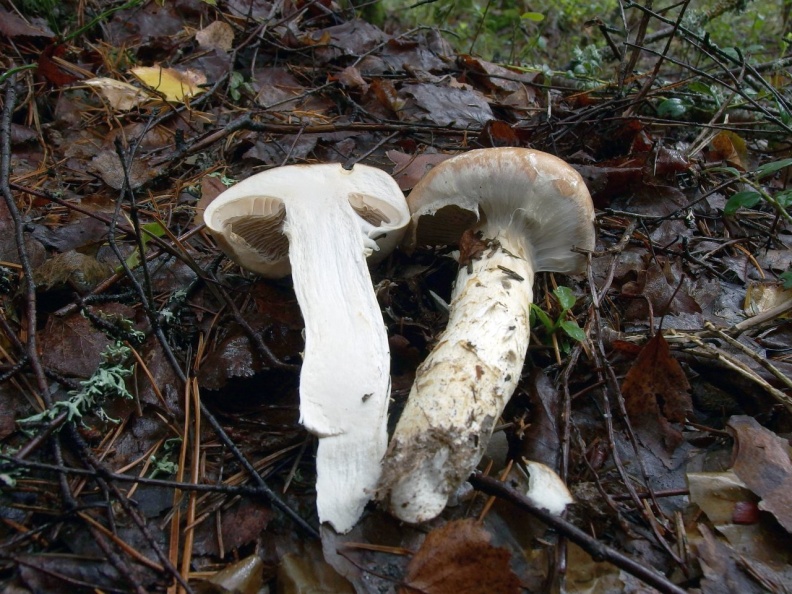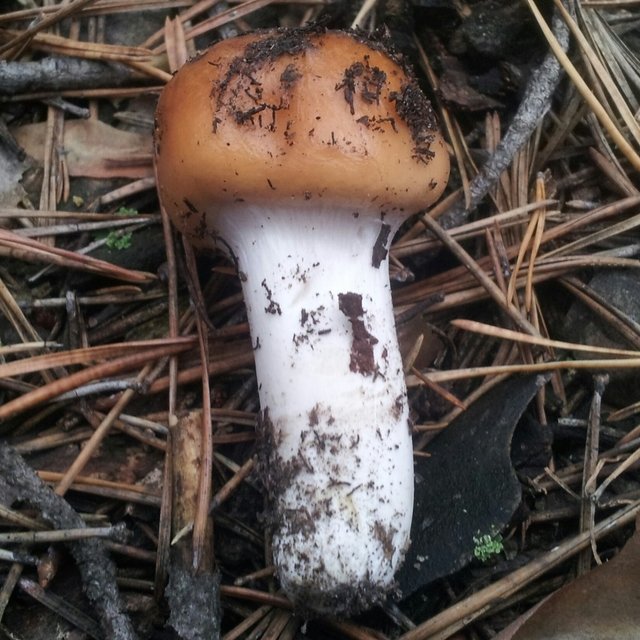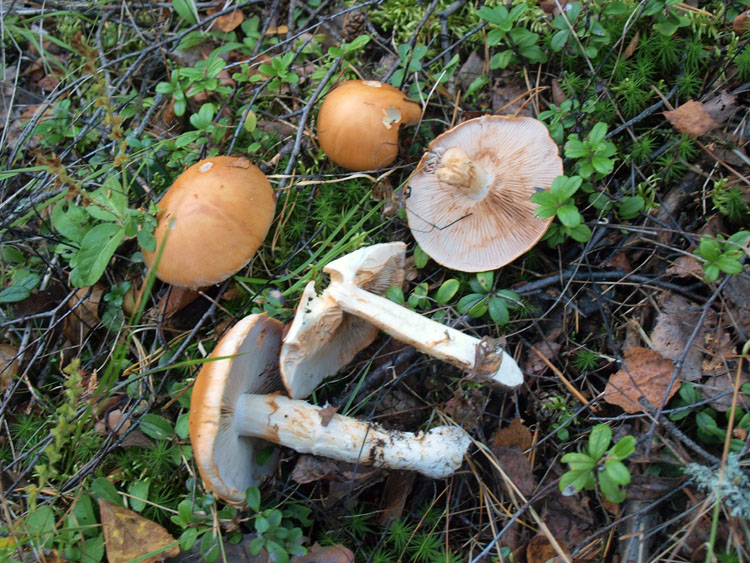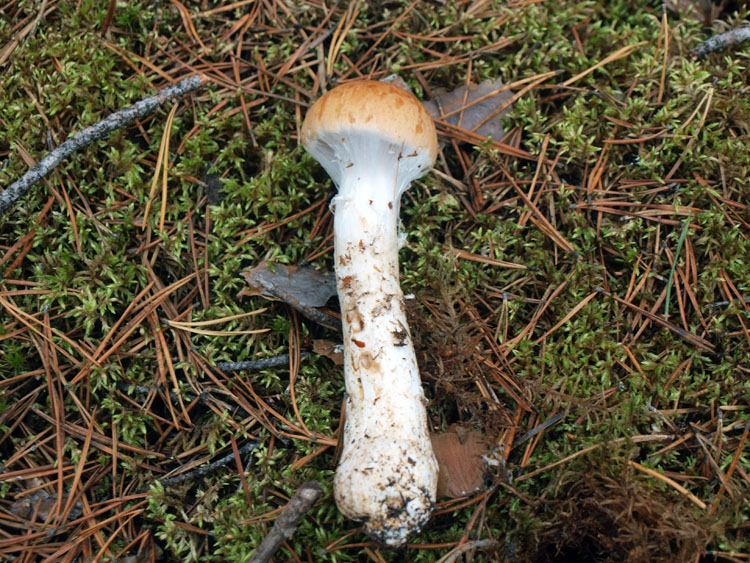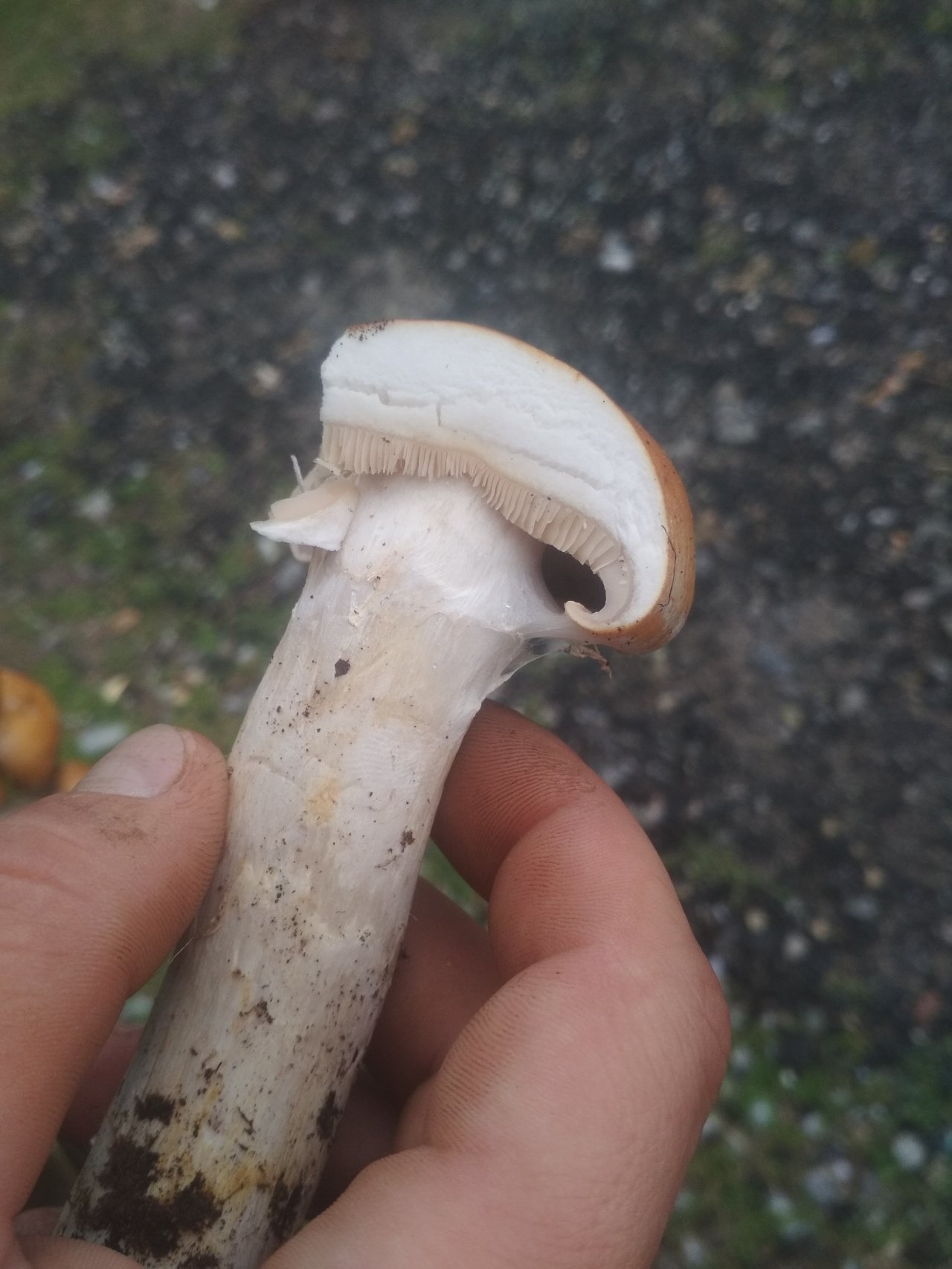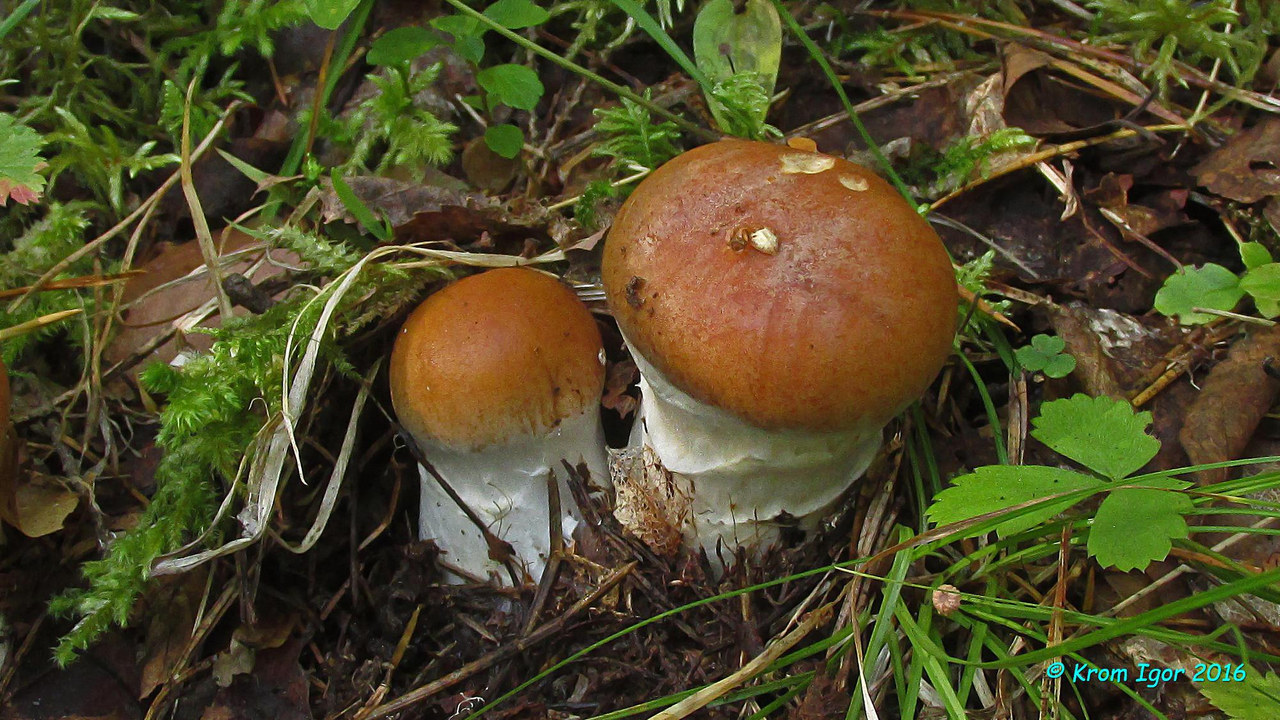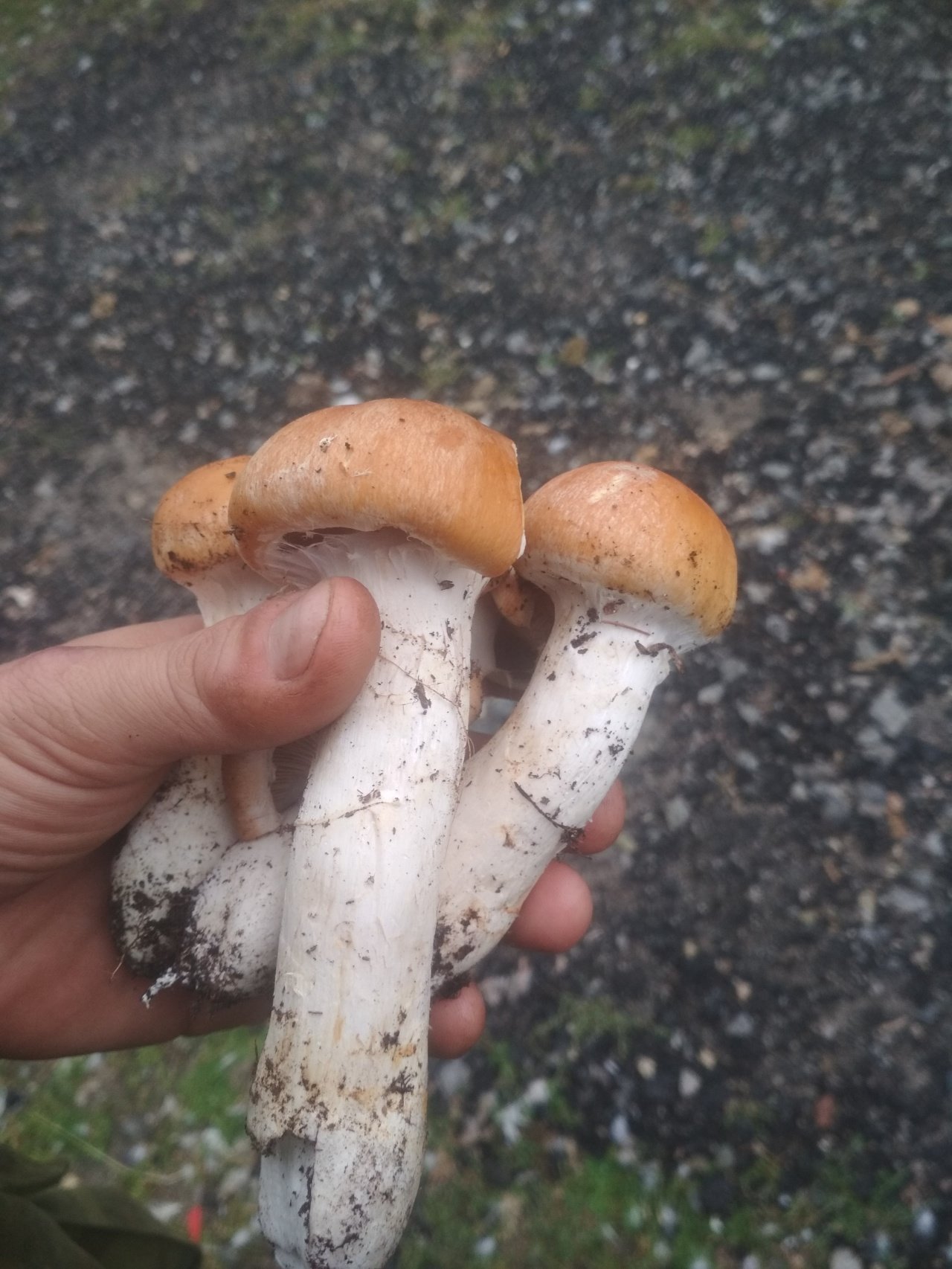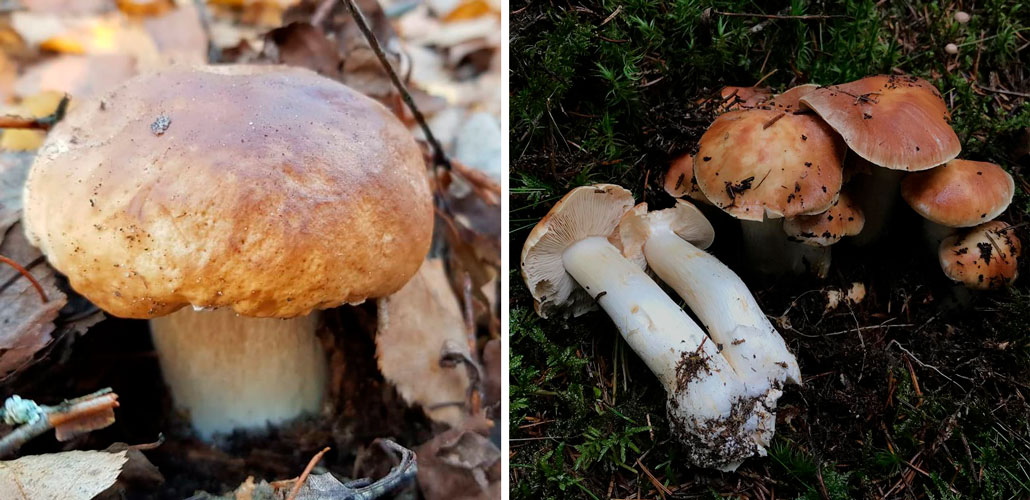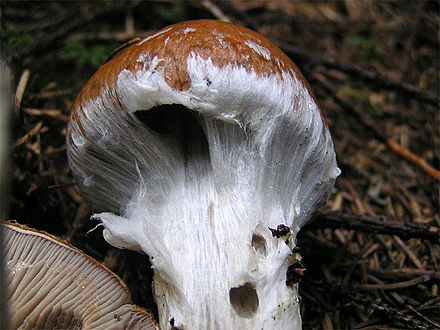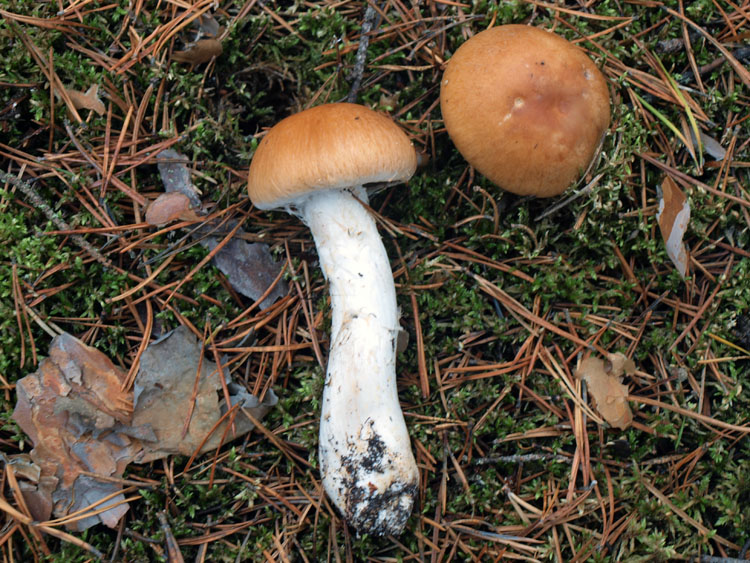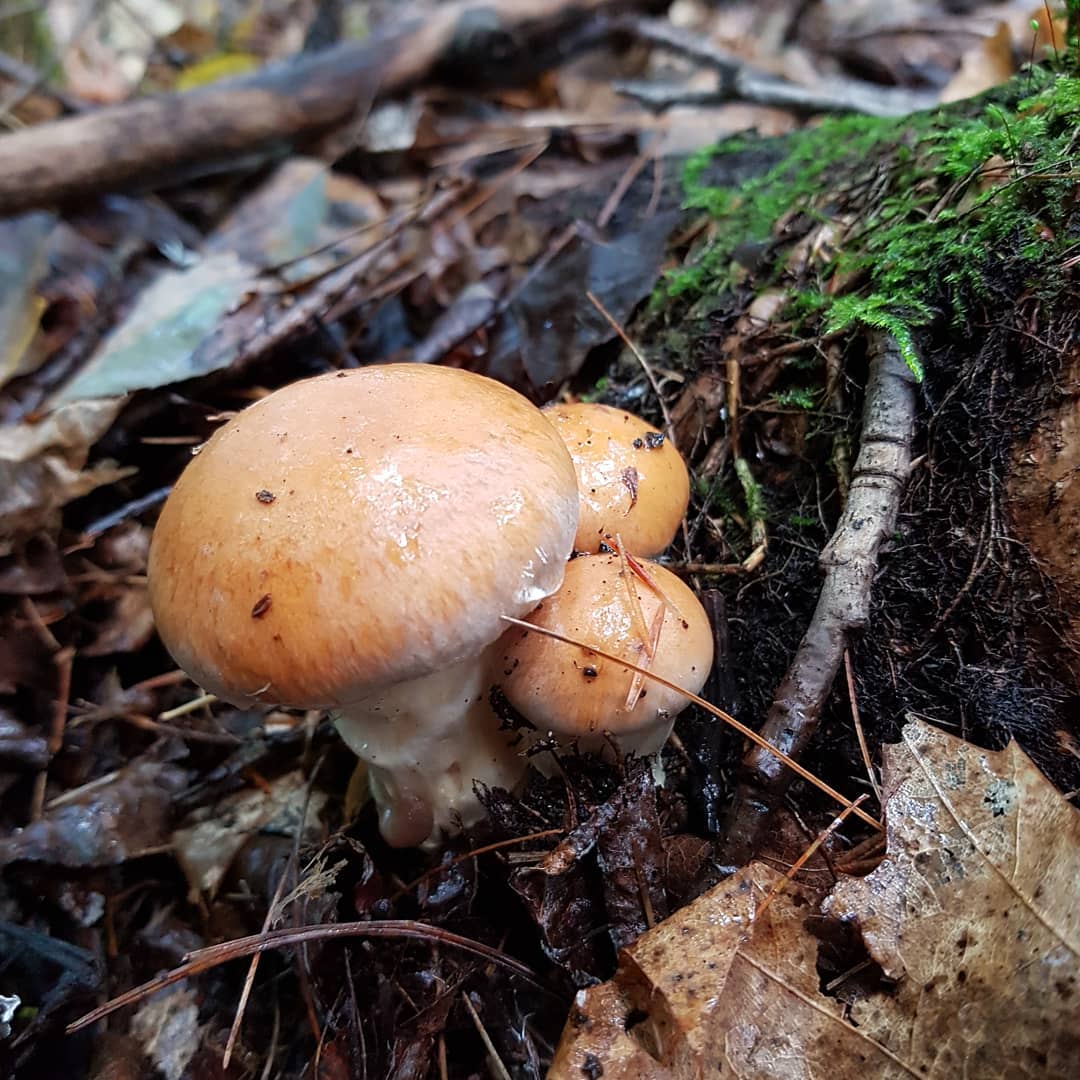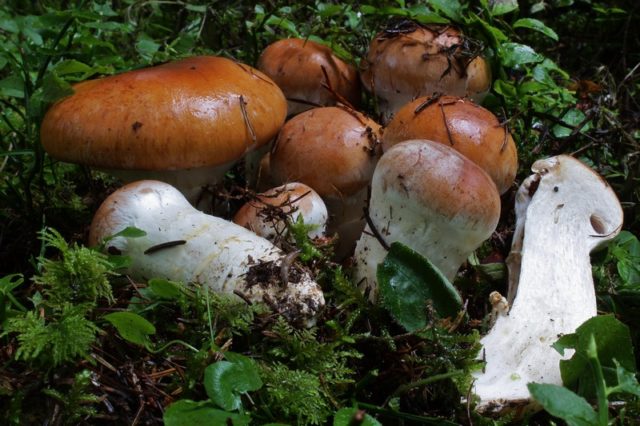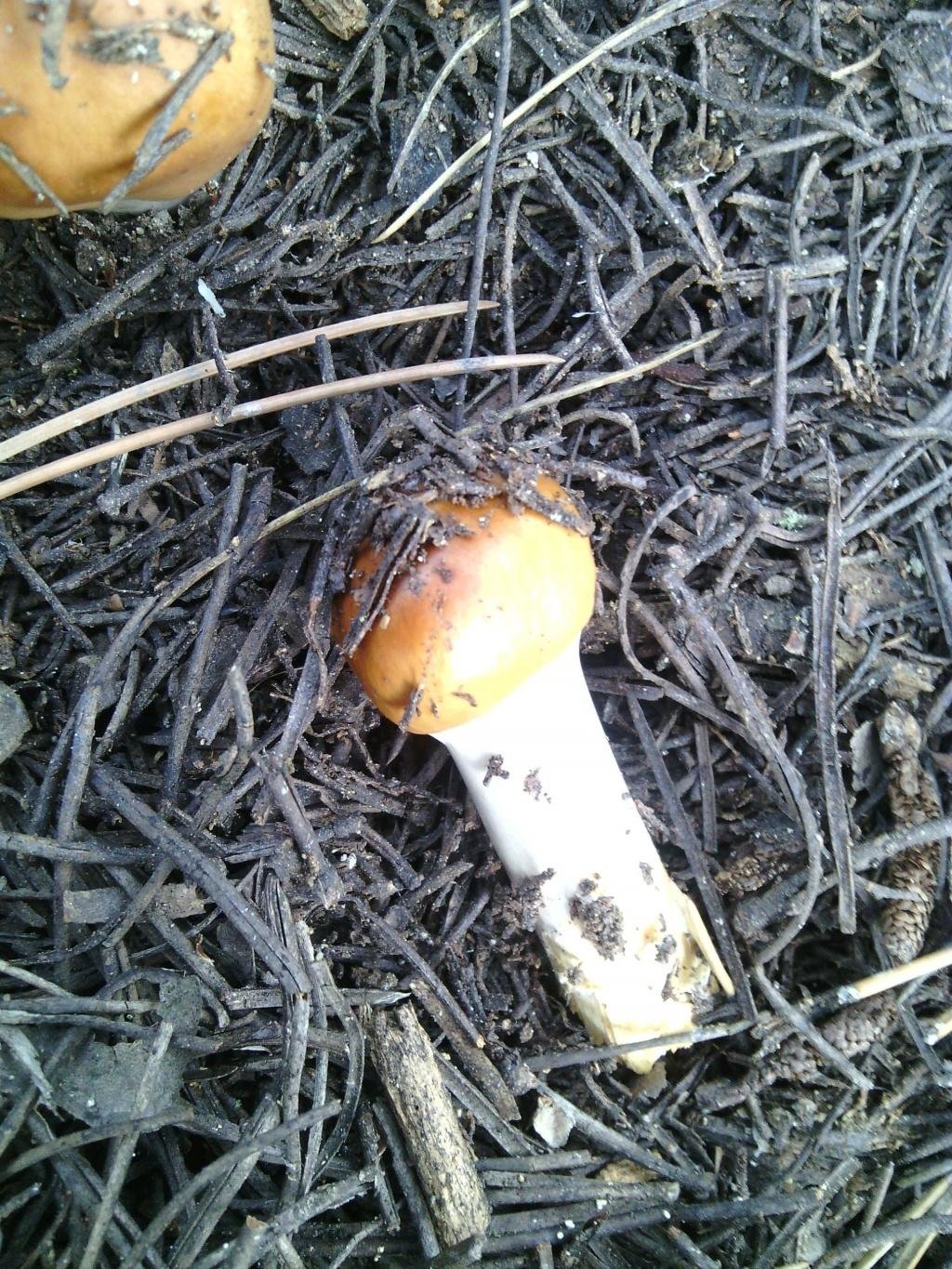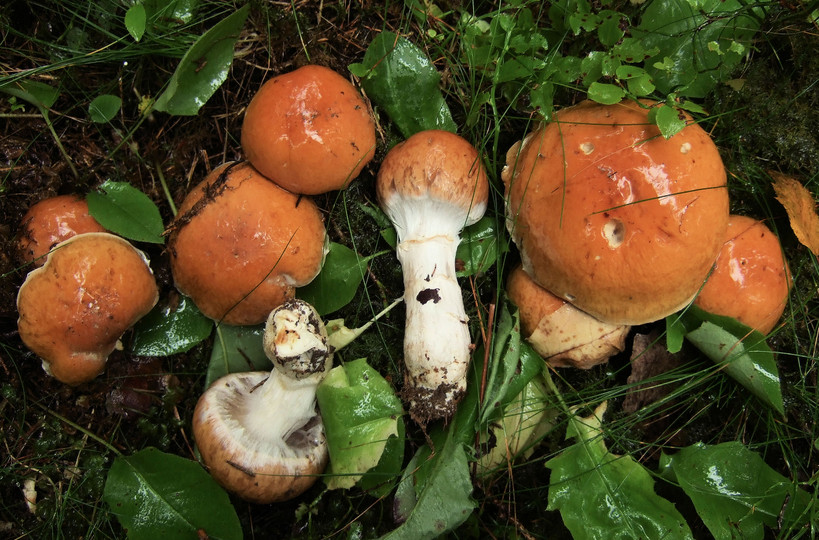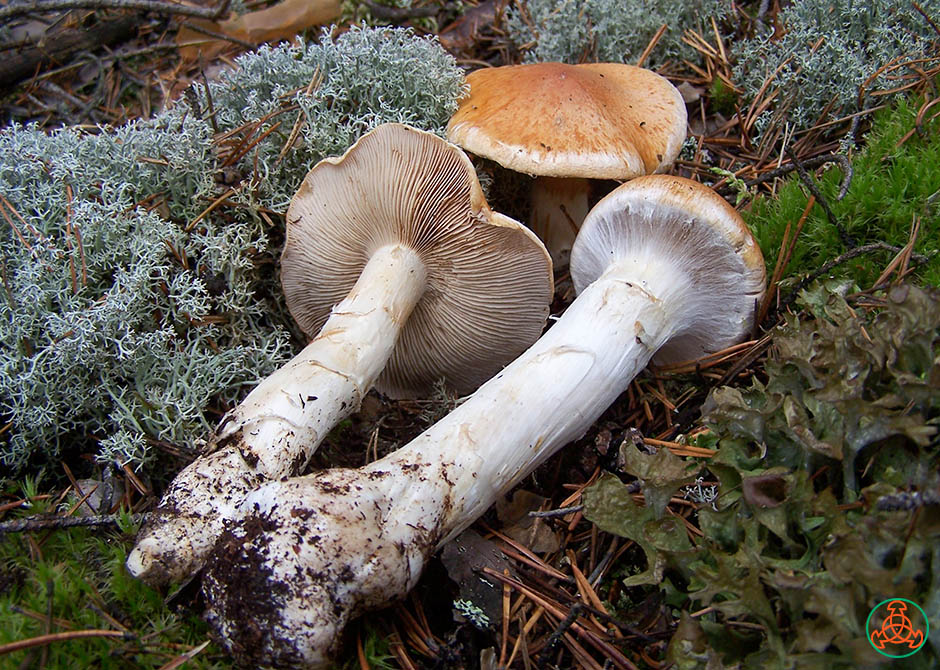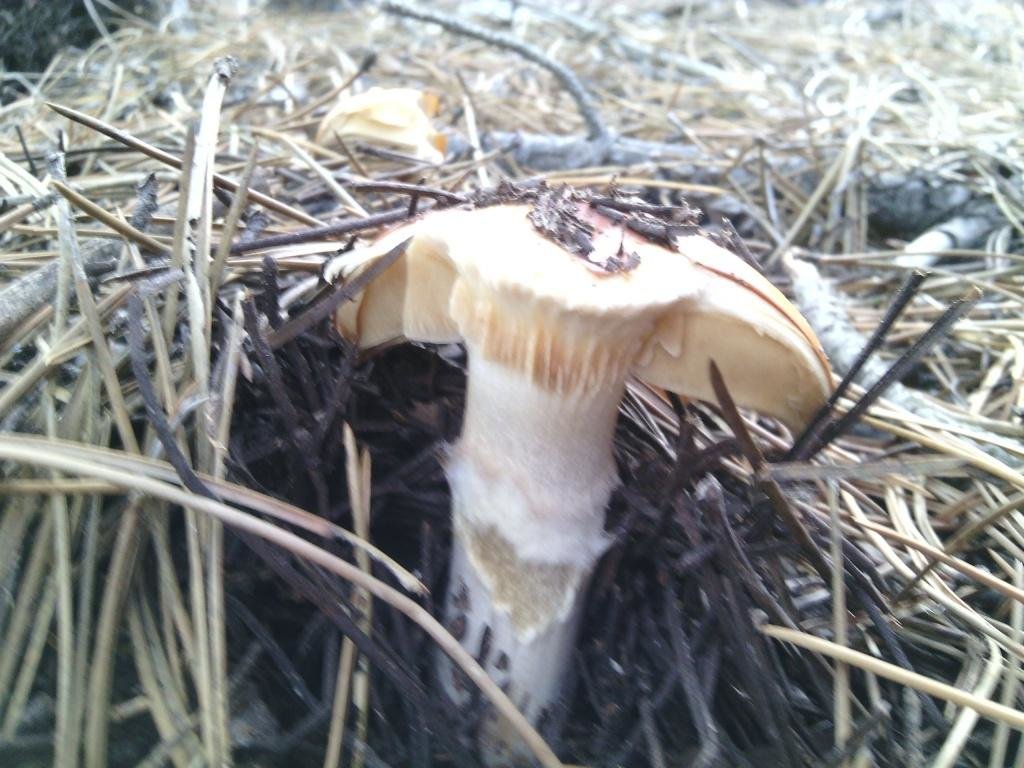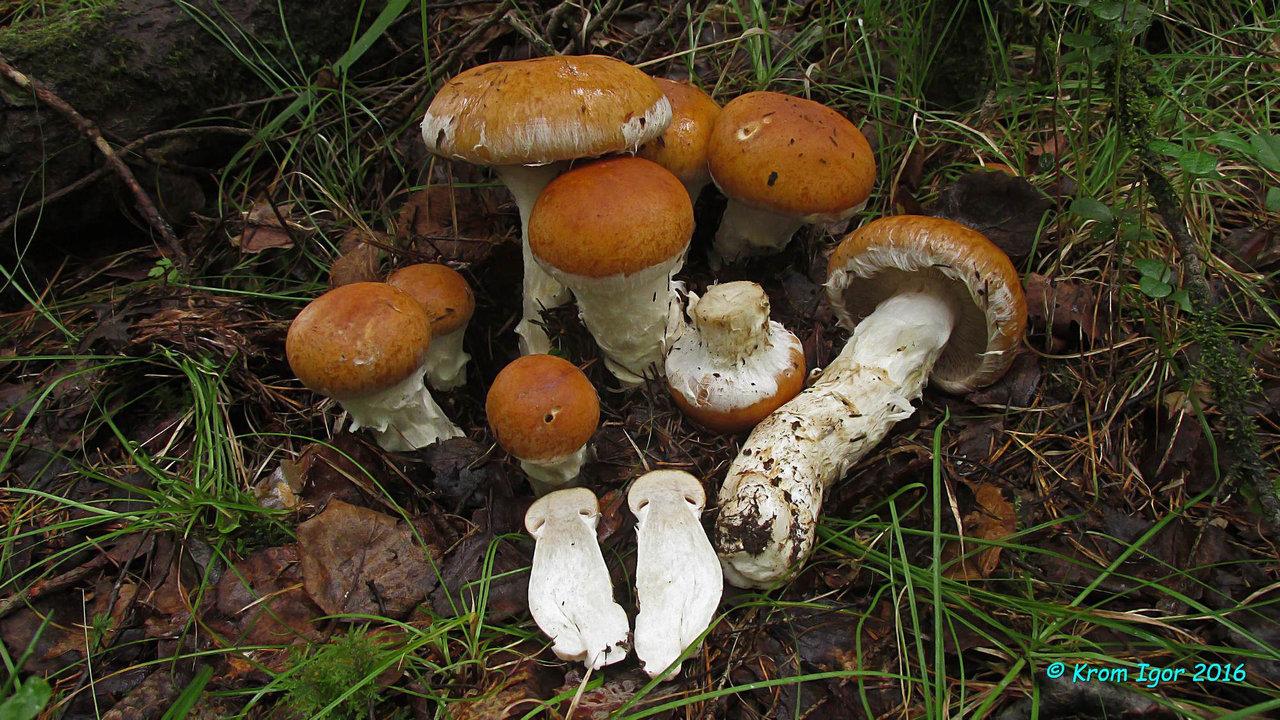Definitioner
- Basidia (Basidia)
-
Lat. Basidia. A specialized structure of sexual reproduction in fungi, inherent only in Basidiomycetes. Basidia are terminal (end) elements of hyphae of various shapes and sizes, on which spores develop exogenously (outside).
Basidia are diverse in structure and method of attachment to hyphae.
According to the position relative to the axis of the hypha, to which they are attached, three types of basidia are distinguished:
Apical basidia are formed from the terminal cell of the hypha and are located parallel to its axis.
Pleurobasidia are formed from lateral processes and are located perpendicular to the axis of the hypha, which continues to grow and can form new processes with basidia.
Subasidia are formed from a lateral process, turned perpendicular to the axis of the hypha, which, after the formation of one basidium, stops its growth.
Based on morphology:
Holobasidia - unicellular basidia, not divided by septa (see Fig. A, D.).
Phragmobasidia are divided by transverse or vertical septa, usually into four cells (see Fig. B, C).
By type of development:
Heterobasidia consists of two parts - hypobasidia and epibasidia developing from it, with or without partitions (see Fig. C, B) (see Fig. D).
Homobasidia is not divided into hypo- and epibasidia and in all cases is considered holobasidia (Fig. A).
Basidia is the place of karyogamy, meiosis and the formation of basidiospores. Homobasidia, as a rule, is not functionally divided, and meiosis follows karyogamy in it. However, basidia can be divided into probasidia - the site of karyogamy and metabasidia - the site of meiosis. Probasidium is often a dormant spore, for example in rust fungi. In such cases, probazidia grows with metabasidia, in which meiosis occurs and on which basidiospores are formed (see Fig. E).
See Karyogamy, Meiosis, Gifa.
- Pileipellis
-
Lat. Pileipellis, skin - differentiated surface layer of the cap of agaricoid basidiomycetes. The structure of the skin in most cases differs from the inner flesh of the cap and may have a different structure. The structural features of pileipellis are often used as diagnostic features in descriptions of fungi species.
According to their structure, they are divided into four main types: cutis, trichoderma, hymeniderma and epithelium.
See Agaricoid fungi, Basidiomycete, Cutis, Trichoderma, Gimeniderm, Epithelium.
- Cutis
-
The type of cap skin, consists of creeping non-gelatinized hyphae located parallel to the surface. The surface of the cap looks smooth.
Lat. Cutis.
See Gifa.
Silver webcap: photo and description
| Name: | Silver webcap |
| Latin name: | Cortinarius argentatus |
| Type of: | Inedible |
| Synonyms: | Cortinarius subargentatus. |
| Systematics: |
|
The silver webcap is a representative of the genus and family of the same name, represented by many varieties. The Latin name is Cortinarius argentatus.
Description of the silver webcap
The silvery webcap is distinguished by its silvery flesh. On the bottom of it are purple plates. As they grow, they change color to brown or ocher, with a rusty tinge.
Description of the hat
Young specimens have a convex cap, which eventually becomes flat and reaches 6-7 cm in diameter. On the top of it, you can see folds, bumps and wrinkles.
The surface is soft and silky to the touch, lilac color
With age, the cap gradually fades, and its color becomes almost white.
Leg description
The leg is widened at the base and narrowed at the top.Its color is usually gray or brown, with a pronounced purple tint.
The leg reaches up to 8-10 cm in height, there are no rings on it
Where and how it grows
The fungus is common in coniferous and deciduous forests. The period of active fruiting begins in August and lasts until September, some specimens can be found even in October. The variety bears fruit stably every year.
You can learn more about the features of the cobwebs in the video:
Doubles and their differences
The mushroom is similar to many species, but its main counterpart is the goat's webcap (smelly, goat), which can be distinguished by its purple tint.
The surface has a violet-gray color and a thin flesh with an unpleasant aroma. The leg is covered with the remains of a bedspread with red stripes and spots. Fruiting time lasts from July to the end of October. The species grows in pine forests, prefers mossy areas.
Conclusion
Silver webcap is an inedible mushroom with a convex cap and a leg extended at the base. Grows in coniferous and deciduous forests from August to September. The main false double is a poisonous goat webcap with a purple tint.

